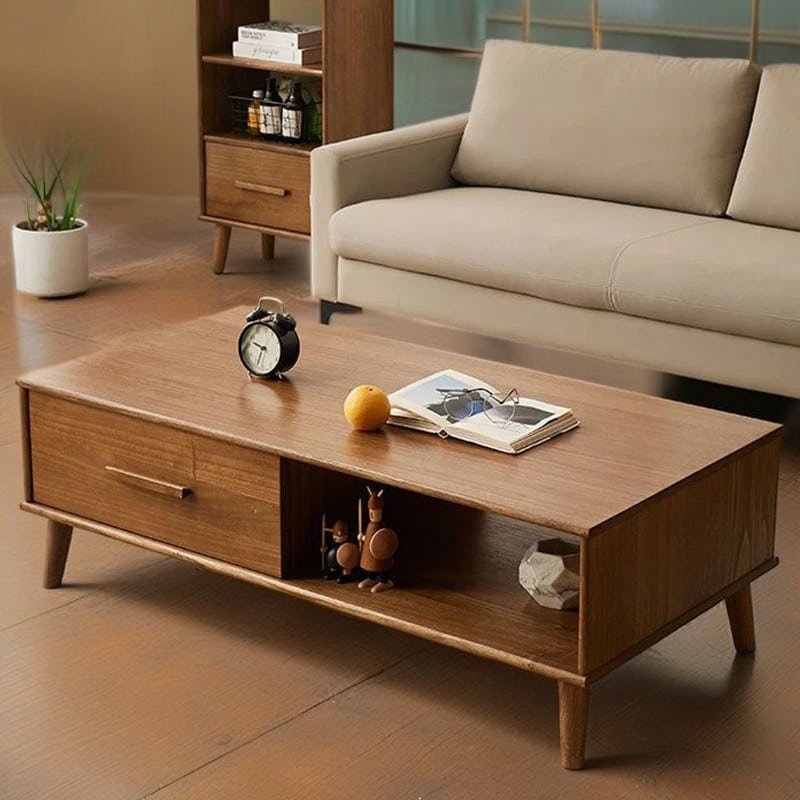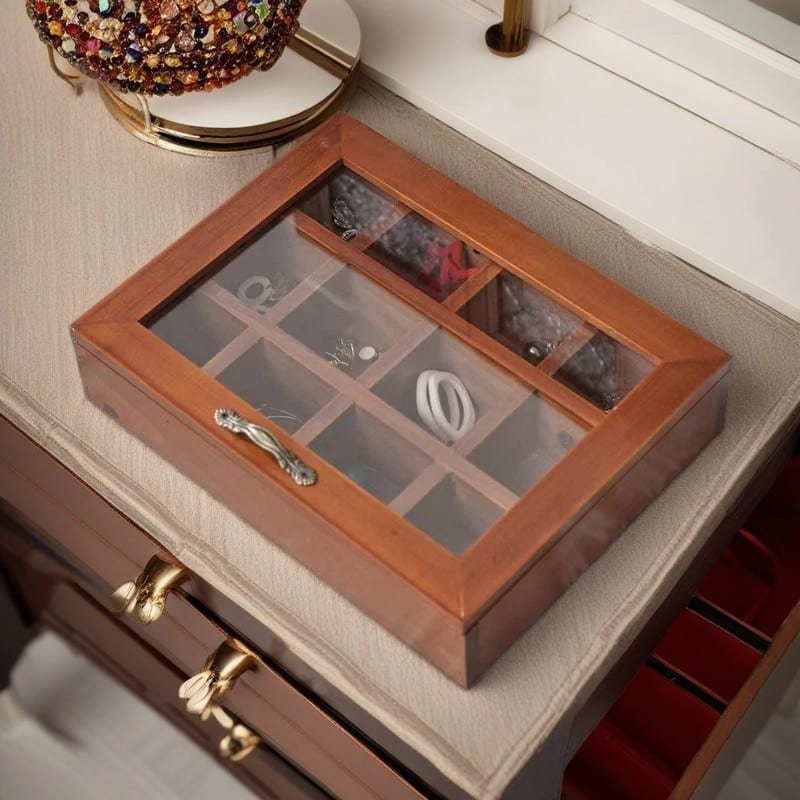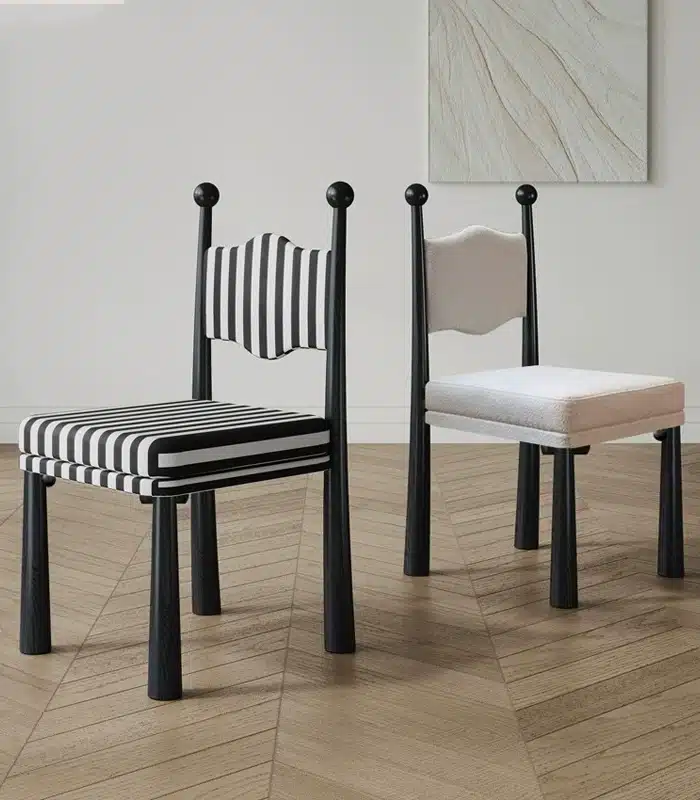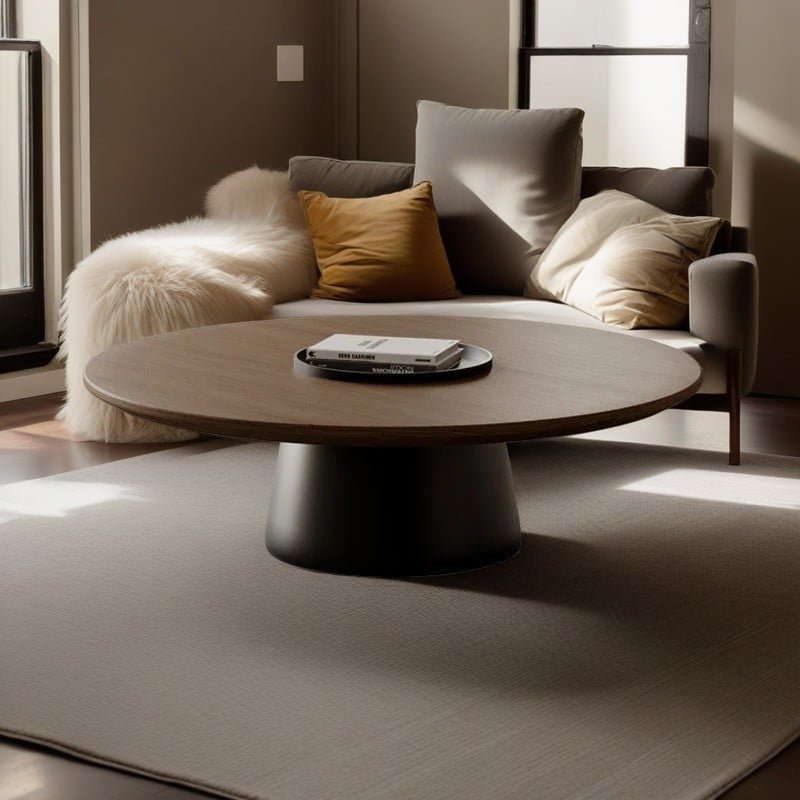
Eco-friendly wooden furniture | Formaldehyde-free boards | EUTR certification | Sustainable design | Carbon negative footprint
- Innovation of environmentally friendly materials: from forest protection to resource recycling
- Recycling of agricultural and forestry residues
The high dependence of traditional furniture on wood has accelerated deforestation, while Wanhua Hexiang board uses wheat straw, rice straw, fruit branches and other annual agricultural and forestry residues as raw materials. Each cubic meter of board can reduce 1.2 cubic meters of forest felling and achieve 1.425 tons of carbon emission reduction. This technology not only solves the problem of incineration pollution, but also builds a closed-loop circulation system “from farmland to home”. - Breakthrough application of formaldehyde-free adhesives
Yunfeng Moganshan replaces traditional urea-formaldehyde resin with biomass soybean protein glue, and the formaldehyde emission is as low as 0.009mg/m³, reaching the ENF level environmental protection standard, which is more than 3 times stricter than the international standard. The board of Italy Kulwei uses environmentally friendly adhesives, with a formaldehyde emission of only 0.016mg/m³, and has passed the Japanese F four-star certification, achieving dual protection of health and performance. - Sustainable upgrading of production technology: technology empowers green manufacturing
- Low-carbon production and energy management
The Plus Factory in Vestre, Norway, is the world’s first furniture production base to obtain BREAM Outstanding Certification. The 1,200 photovoltaic panels on the roof provide 90% of the energy demand, and intelligent robots are used to optimize the production process, reducing carbon emissions by 90% compared with traditional factories. Wanhua Ecology reduces carbon emissions by 13,000 tons per year in a single industrial park through distributed photovoltaic power generation and the layout of 16 manufacturing bases. - Digitalization and modular design
The 79-foot large board of Kulvi in Italy adopts an ultra-large size design of 2070*2800mm to reduce splicing losses and support arc processing technology to solve the problem of easy cracking of traditional boards. Mattel Home Furnishing uses CNC production lines to achieve a precise combination of grass and willow weaving technology and solid wood frames. 80% of its products are exported to Europe and the United States, meeting the dual needs of personalization and environmental protection in the high-end market. - Compliance and certification: the key to open the international market
- In-depth practice of EU EUTR regulations
According to the EU Timber Regulation (EUTR), companies need to establish a due diligence system to ensure that the source of timber is legal and traceable. The supply chain of Italy’s Kulvi is 100% compliant with EUTR requirements, providing FSC/PEFC dual certification documents to help companies pass customs inspections. - Multi-dimensional coverage of environmental certification system
From ENF level (China) to F four-star (Japan), from FSC forest certification to GREENGUARD gold medal, environmentally friendly wooden furniture needs to build a full-link certification matrix. For example, Moganshan Home Furnishing’s full line of products meets the ENF level standard, while Xingye Furniture has passed ISO9001 and China Environmental Labeling certification, forming a “green barrier” for market competition. - Consumption trends and market insights: Environmental protection is competitiveness
- Data-driven market demand
The North American wooden furniture market is expected to reach US$400 billion in 2025, with demand for carbon negative footprint products growing by 12% and modular design searches increasing by 34% year-on-year4. European consumers are willing to pay a 15% premium for environmentally friendly furniture, and Chinese companies such as Mattel Home Furnishing have achieved significant sales growth on platforms such as Amazon and Home Depot through slow-rebound materials and innovative weaving techniques. - Emotional marketing and scene penetration
Environmentally friendly wooden furniture needs to be deeply integrated with life scenes:
Home storage: Nordic minimalist design with FSC-certified spruce wood, in line with the consumer philosophy of “less is more”;
Child safety: rounded corners and EN71-certified boards have become a rigid demand for European and American families, and the adjustable height design extends the product life cycle46;
Commercial display: log display racks inject natural soul into the products, and screen-printed LOGO strengthens brand memory.

V. Future Outlook: Global Collaboration of Green Industrial Chain
The upgrade of environmentally friendly wooden furniture requires industrial chain collaboration:
Upstream: Promote the recycling network of agricultural and forestry residues, such as the Spanish Ecowoox certified wooden boxes that extend the shelf life of fruits and vegetables by 20%;
Midstream: Digital supply chain management (such as Kulwei’s 3D design platform) reduces 15% of the overall cost;
Downstream: Accelerate the penetration of green technology through the “old for new” policy (such as Wanhua Ecological Kitchen and Bathroom Renewal Service).
Environmentally friendly wooden furniture is not only a product innovation, but also a philosophical interpretation of “symbiosis between man and nature”. From the handmade warmth of Italian craftsmen to the large-scale innovation of Chinese companies, the global industrial chain is reshaping the future of the home furnishing industry with green as the bond.



